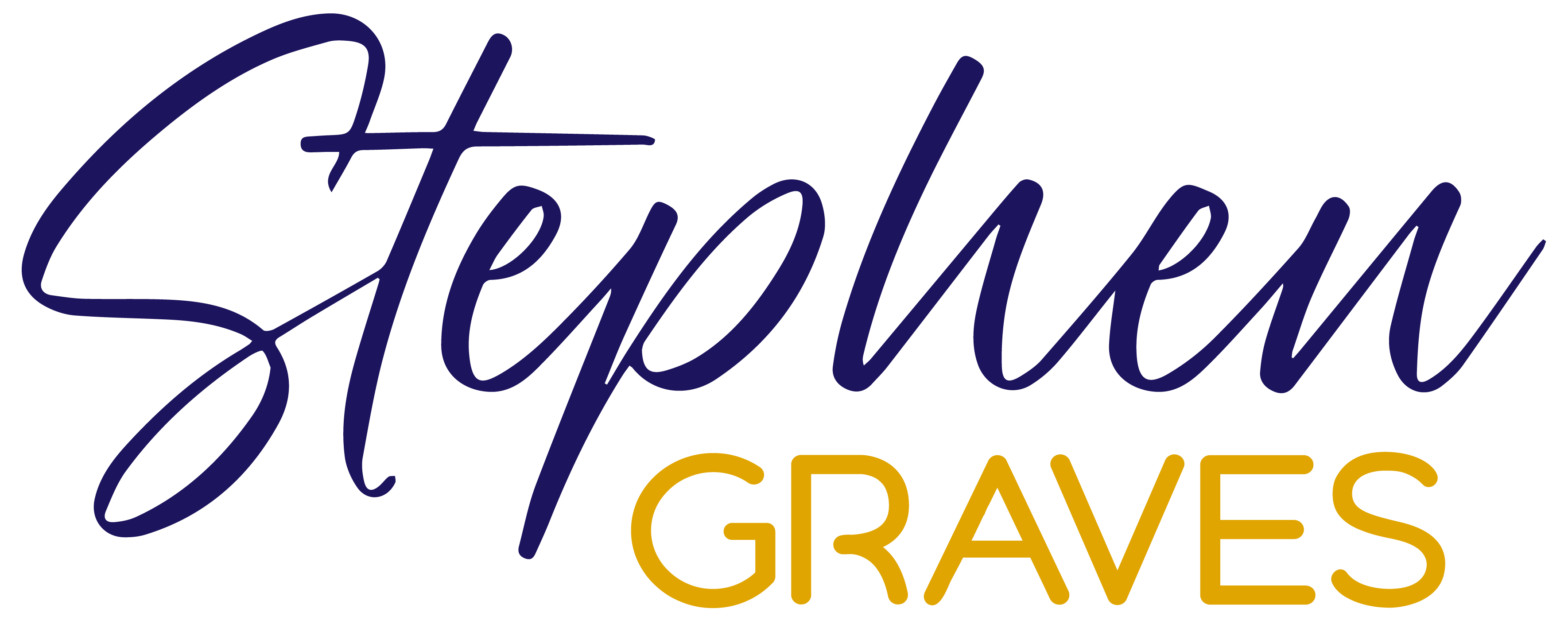Let’s talk about platforms – not just the digital ones we ship out into the world, but the invisible ones we build beneath our decisions.
Every product, every site, every experience we craft is a reflection of what we prioritize… and what we’re willing to overlook. Most founders and product teams get swept up in the sprint, MVPs, launches, scale. But somewhere along the line, in the adrenaline rush of “go live,” we stop asking the most critical question:
What are we building on?
Because a platform isn’t just its code or its UX, it’s the sum total of your assumptions, your blind spots, and your tolerance for risk.
Ignored Risk Is Still Risk
Here’s the uncomfortable truth: the parts we don’t assess are the parts most likely to fail us.
Not because we’re careless. Not because we’re underqualified. But because we’re conditioned to look forward, not downward. Our culture of building has become so forward-driven that it often forgets the foundation.
But what if we slowed down for a beat?
What if, instead of asking “how fast can we scale,” we first asked, “what are the structural risks we’re about to multiply?”
This is where the concept of risk assessment in digital platforms comes into play, not as a legal checkbox or a backend audit, but as a front-facing act of integrity. A moment of self-reflection embedded into the architecture of how we create.
Risk Shows Up in What You Didn’t Plan For
One of my co-founders in CertifiedTrue, Clive Boulton, is an amazing systems architect who is often asked to lend his many years of expertise to senior engineers at Google, Amazon and Microsoft. I cannot count how often he has said that his most value-added function is being able to “see around corners”. To anticipate problems before they happen and prepare to avoid or mitigate them ahead of time.
Risk is rarely a villain with a name badge. It shows up in quieter ways.
- The third-party plugin you installed but never vetted.
- The user data you collected without a clear reason.
- The algorithm you trained on biased datasets, because it was fast.
These are not crimes. These are common. And that’s the problem.
When we don’t treat risk as a creative constraint, we end up building beautifully designed vulnerabilities. Platforms that function, yes, but also platforms that expose, exclude, or collapse when stress-tested by the real world.
And when the fallout happens, we blame the system. But the system was us. The design reflected our discipline, or lack thereof.
The Most Trusted Platforms Aren’t the Flashiest — They’re the Safest
In a digital era where attention is currency, it’s easy to prioritize engagement metrics over foundational integrity. But the platforms that endure are the ones built on trust, not just user trust, but self-trust.
Do you trust your own infrastructure?
Do you trust the choices you made under pressure?
Do you trust that you’ve done the due diligence, the kind that protects your users even when you’re not watching?
If not, now is the time to reevaluate. Risk assessment in digital platforms is no longer an IT responsibility – it’s a brand promise. It’s your signature on every experience you deliver.
Startup ethos is famously to “move fast and break things” but you have to ensure that level of trust is not one of the things broken in the mad dash to grow.
Audit What You Avoid
So here’s the hard ask:
Go back into the corners of your product you’ve avoided. The pages that don’t load well. The data you don’t really need. The access you gave without a reason.
Audit the parts you assume are fine.
Because platforms are living systems. They reflect not only your ideas, but your avoidance. They hold a mirror to the places where you’ve said: “Not now. Not yet. Maybe later.”
The question is, what happens when later becomes too late?
Bottom line: The platforms we build tell the story of our values – and our vulnerabilities. The ones we admire tomorrow will be the ones built with care today.
So take a breath. Look down before you look up. Risk doesn’t wait to be found – it shows up when you’re not looking.
And if you’re not looking, it’s already winning.


